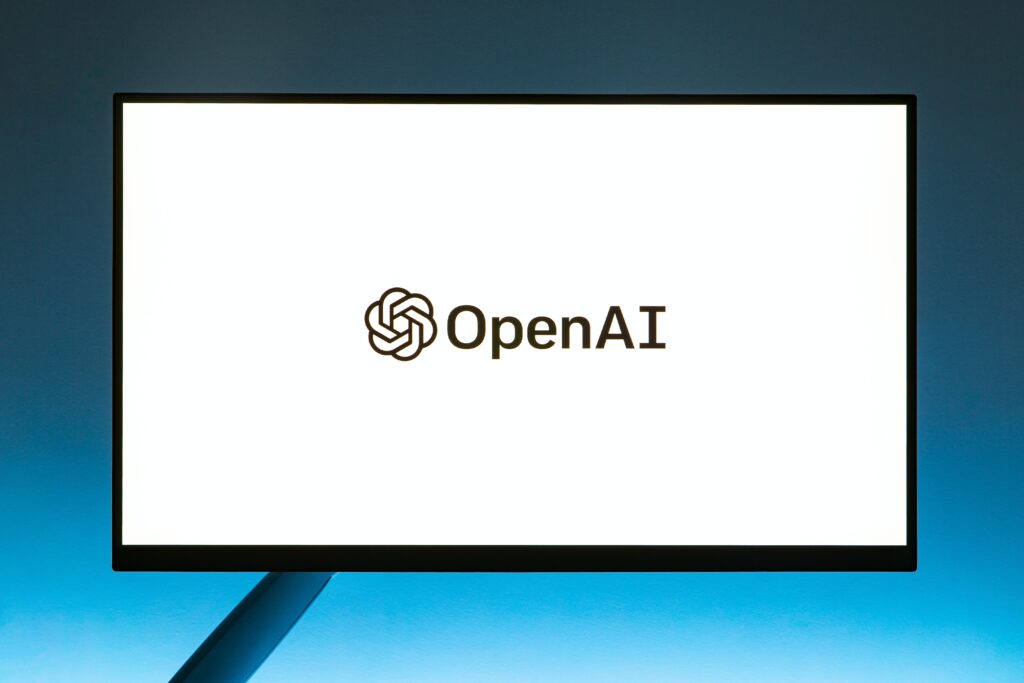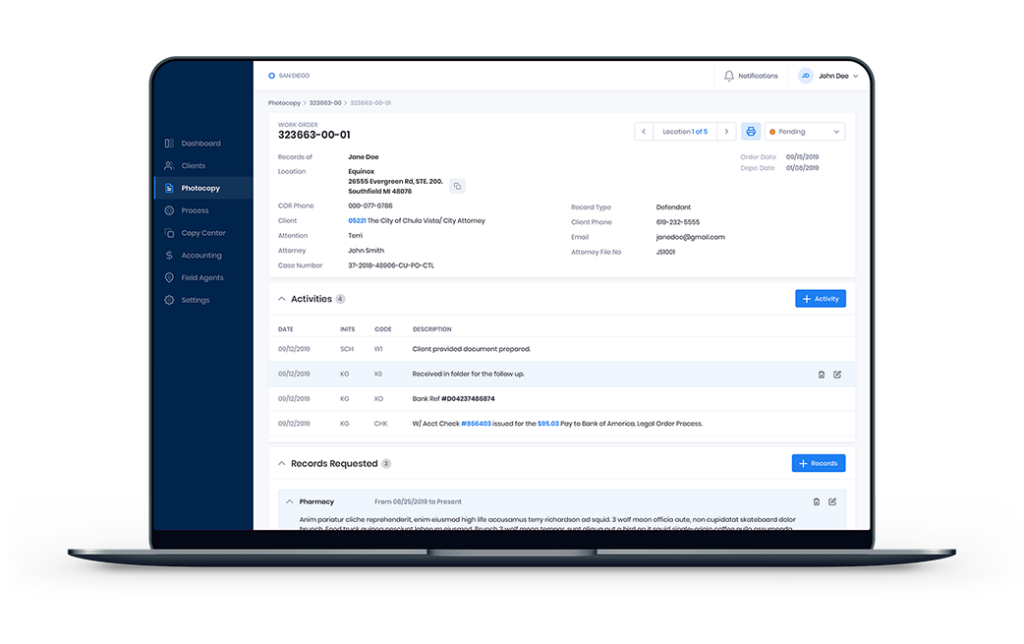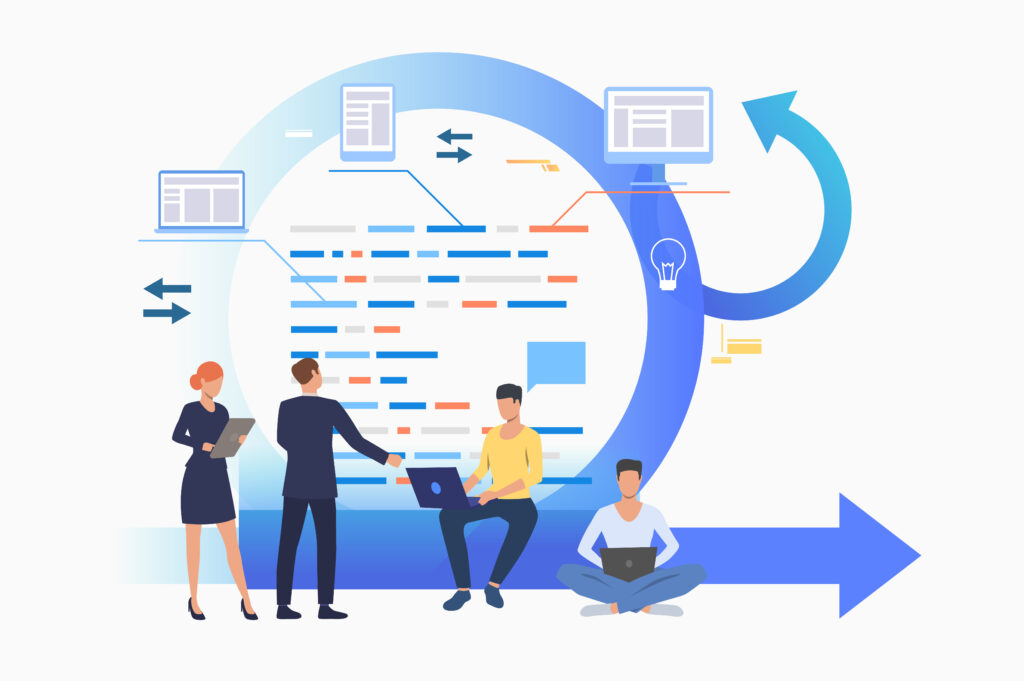We’re already midway through 2025, and what a journey it’s been for web development trends this year. From rapid adoption of AI-generated code to new approaches in website development, the first half of 2025 has delivered a flurry of innovation, and there’s much more still to come.
As tools evolve and user expectations shift, developers must keep pace or risk falling behind. For Odyssey Computing, this means navigating a landscape where web development trends in 2025 are reshaping everything from interface design to backend architecture.
Whether it’s enhancing custom software development via AI-driven debugging tools or reimagining user experience through website development trends like headless CMS, conversational interfaces, and PWAs, the current moment is ripe with possibility. Odyssey Computing, a seasoned leader in custom software development, is uniquely poised to harness these shifts. With nearly 35 years of expertise crafting bespoke custom apps and software solutions in San Diego, Odyssey’s team is accustomed to blending technical rigor with creative strategy.
As we look ahead, there’s still so much to unpack. Below, we dive into the top 20 web development trends in 2025, showing how Odyssey Computing can continue turning emerging tools and practices into powerful, client-focused solutions.
1. AI‑Powered Coding Tools and Copilots
AI is revolutionizing the development lifecycle, moving beyond a mere buzzword. Tools such as GitHub Copilot are streamlining custom software development by offering code suggestions, refactoring capabilities, and even generating user interfaces. This significantly reduces repetitive tasks, enabling software companies to iterate faster, minimize bugs, and dedicate more time to innovation.
2. The Rise of the Agentic Web
The advent of “agentic” AI marks a new era in which autonomous AI agents manage various user tasks, ranging from e-commerce to calendaring. For websites and applications, being “agent-visible”, designed for AI access to their data and functions, will be crucial. As Odyssey investigates web development trends in 2025, developing agent-ready APIs will provide a competitive edge.
3. Progressive Web Apps (PWAs)
PWAs have matured significantly. They provide fast, offline-capable, and app-like experiences, all while being considerably more cost-effective than native apps. This translates to a 50-180% boost in engagement metrics. Odyssey’s website development projects will leverage these lean and reliable solutions to enhance user experience without compromise.
4. Headless CMS and API‑First Backends
Retaining a consistent tone, Odyssey excels in custom software development, providing robust, future-proof content ecosystems. This is achieved by leveraging headless CMSs and API-first architectures, which are crucial for flexible content delivery and rich experiences across diverse platforms like voice UIs and AR overlays.
5. Low‑Code / No‑Code Meets Pro Coders
While low‑code and no‑code tools are democratizing development, complex systems still require backend and architecture expertise. Odyssey can blend visual tools with seasoned engineering to deliver scalable, maintainable solutions faster and more cost-effectively.
6. Serverless and Microservices
Disaggregated architectures are the norm. Serverless functions and microservices enable scalable, fault-tolerant systems with minimal ops overhead. For custom software development, these architectural patterns let software companies build resilient solutions that grow smoothly with client needs.
7. Edge Computing and Jamstack
Jamstack sites, pre-rendered into static files and delivered via CDNs, offer significant benefits for global web development. This architecture ensures near-instant loading times worldwide by serving content from the closest edge server, eliminating dynamic generation latency. The reduced server-side processing improves uptime and enhances user experience. These benefits directly impact SEO, bounce rates, and engagement. Moreover, the inherent security of static files and simplified deployment make Jamstack highly appealing for modern web development targeting a global audience.
8. WebAssembly for Browser Performance
Odyssey’s custom software development toolkit now integrates WebAssembly (Wasm), enabling powerful client-side functionality. Wasm delivers near-native performance directly in the browser, making it ideal for compute-intensive applications such as gaming, data visualization, and image editing.
9. Augmented Browsing and AR
AR experiences within browsers are growing with options as virtual try-ons, property walkthroughs, and data overlays bring web content to life. As part of Odyssey’s website development portfolio, AR-enhanced experiences both excite users and drive conversions.
10. Voice UIs and Conversational Interfaces
With 27% of users already utilizing voice search, its growth is undeniable. Therefore, future-ready solutions necessitate smart, conversational UIs, whether integrated into website user experiences or powered by API assistants.
11. AI‑Driven Personalization and Chatbots
Leveraging AI for real-time personalized content and chatbots lifts engagement and loyalty. Odyssey’s work in custom software development can integrate these intelligent systems to deliver smarter, more responsive experiences.
12. Core Web Vitals & Performance
Speed isn’t optional. It is the core for your website performance! Google’s Core Web Vitals (LCP, FID, CLS) are key for SEO and UX. Optimization now includes AI-based monitoring and real-time tuning. Odyssey’s process includes performance-first considerations at every project stage.
13. Security and Zero‑Trust
As cyber threats intensify, robust security measures such as zero-trust models, multi-factor authentication, CSP, and widespread HTTPS implementation are no longer optional but essential. At Odyssey, our enterprise-grade custom software development consistently integrates strong security protocols throughout the entire process.
14. Web3 and Decentralization
Decentralized apps (dApps), crypto integrations, and blockchain-based content rights are transitioning from theoretical concepts to practical applications, particularly in identity, supply chain, and media sectors. Software development companies can investigate dApp pipelines and incorporate smart contract readiness into their services.
15. Disappearing Frameworks and Progressive Enhancement
Disappearing frameworks (like Astro) and progressive enhancement focus on minimizing client-side JS for performance and accessibility. Odyssey’s website development will benefit from these lightweight, user-first practices and implement the same in clients’ projects.
16. Minimalist Design and Micro‑Animations
Bold minimalism will define 2025 design, utilizing white space, vivid contrasts, purposeful motion, and micro-animations to guide viewers and minimize cognitive load. Odyssey’s UI/UX design incorporates this aesthetic to create contemporary and engaging interfaces.
17. Dark Mode as a Standard
Dark mode has become a standard expectation in web development. Themes that seamlessly adapt to user preferences enhance comfort and accessibility across all devices. Our website development workflows now prioritize adding a dark mode first theme by default by keeping an option to toggle between light and dark themes.
18. Popular Frameworks and Modern Languages
Leading frontend technologies such as React, Vue, and Angular continue to dominate, while Svelte and WebAssembly (Wasm) tools are seeing increased adoption. For backend development, Python/Django, Go, and Node remain popular choices, frequently incorporating stateful microservices. Odyssey’s flexible technology stack mirrors this trend, adapting to specific client requirements.
19. DevSecOps and Automation
Automation’s role is expanding beyond traditional CI/CD. The integration of observability, security, and AI into development is evident through DevSecOps and AIOps. For instance, Odyssey’s engineering pipelines now incorporate automated resilience checks, security testing, and monitoring.
20. Green and Sustainable Web
Adopting sustainable web practices, such as writing efficient code, utilizing low-bandwidth modes, and opting for mindful hosting, benefits both user experience and the environment. This “green coding” philosophy is a cornerstone of modern website development. Odyssey, for example, is actively investigating carbon-aware hosting solutions and optimized front-end builds.
Why Odyssey Computing Is Poised to Lead in 2025
Odyssey Computing has been at the forefront of custom software development since 1990, specializing in mobile, web, enterprise, and desktop apps from its San Diego HQ. Here’s how Odyssey aligns with these trends:
- AI-driven tools streamline coding and debugging.
- Agentic web readiness ensures clients’ apps can interact with emerging AI agents.
- Serverless, microservices, edge, and Wasm architectures deliver scale, performance, and flexibility.
- Security-first builds institutions that fortify apps against evolving threats.
- PWAs, AR, voice UIs, and chatbots expand interaction models and elevate UX.
- Sustainable development harmonizes business goals with environmental responsibility.
Final Thoughts
2025 is proving to be a watershed year for web development trends in 2025 with AI, immersive interfaces, performance-first builds, and sustainability all reshaping our digital world. Through its rich history in custom software development and website development, Odyssey Computing is exceptionally qualified to harness these movements, delivering next-gen custom software solutions to clients across the USA.
If you’re ready to ride these trends into a more advanced, efficient, and engaging digital future, Odyssey Computing is your trusted partner. Let’s explore the possibilities together.
Ready to start? Reach out to Odyssey Computing today.





































